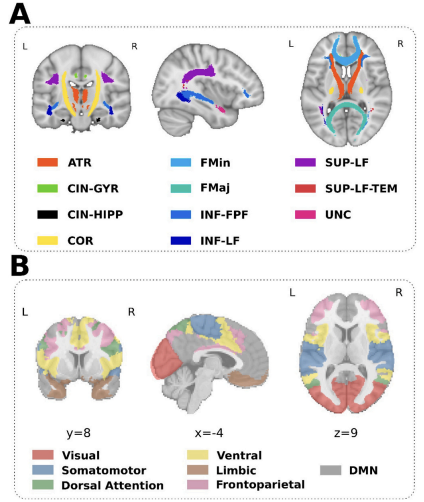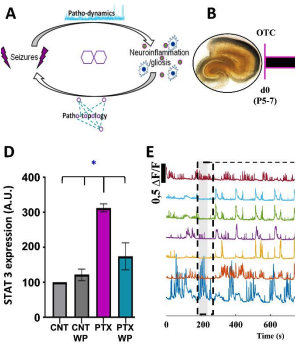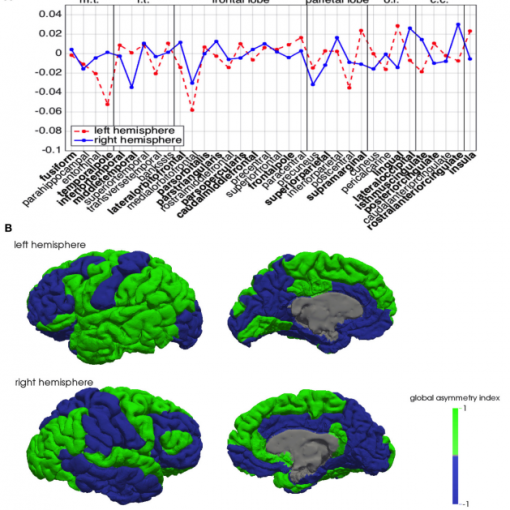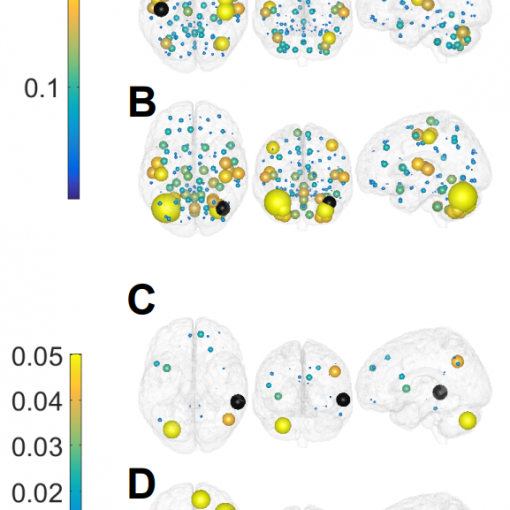Clara Inesta, Beatriz Bonete-Lopez, Javier Oltra-Cucarella, Borja Camino-Pontes, Jesus M. Cortes, Juan Carlos Arango-Lasprilla, Esther Sitges-Macia. Does engagement in cognitive activities contribute to the preservation of brain structure and connectivity in older adults?. Journal of the Neurological Sciences 477: 123658, 2025 [pdf]
Abstract
Aging is associated with changes in brain structure and connectivity and decrements in certain cognitive abilities. The benefits of active lifestyles in the aging brain and cognition in older adults have been widely described. This work aimed to explore the associations between brain parameters and cognitive performance in a sample of cognitively active adults who participate in University Programs for Seniors (UPS). Method: forty cognitively active adults aged 55 or older underwent a neuropsychological battery and structural magnetic resonance imaging data (MRI), diffusion tensor imaging (DTI) and functional imaging at rest (fMRI). Composite scores for four cognitive domains were calculated and the sample was then divided into two groups: a group with no low scores and a group with one or more low scores across cognitive domains. Results: the results show no association between brain volume and the risk of presenting low scores, and also an absence of association between brain volume, white matter integrity, functional connectivity and cognitive performance. Conclusions: Active older adults might not follow the expected brain and cognitive age-changes expected in the general population. Participation in cognitive stimulating activities might then be a possible factor for brain maintenance and determinant for increasing the cognitive reserve and cognitive impairment resistance during aging.





